Tunisia
In Tunisia, the recently restored Ahmed Bey Palace welcomed the new Italianisances exhibition last week.
This touring show, which opened in the coastal city of La Marsa before moving to Tunis, highlights the Italian imprint on Tunisian architecture throughout the ages.
"The aim of this exhibition is to highlight the architectural and decorative influences of the Italian community, present from the 16th to the 20th century," said architect Houssam Eddine Othmani.
"The geographical and historical reasons are well known: Tunisia is the closest African country to Italy," said historian Ahmed Al-Saadawi.
Built in 1847, Ahmed Bey Palace itself reflects Italian architectural influence, making it a symbolic first venue.
The exhibition tackles various features from mosques to beylical palaces and rural homes of the Medjerda valley.
"Italian presence was especially visible in the 17th century, in palaces and throne rooms such as the Bardo Palace, which has a Rococo-style Italian hall, and in mosques like the Sabaghine Mosque and Hamouda Mosque with Baroque elements," said Al-Saadawi.
Italianisances is organised by the Nous Tous association, which aims to preverse Tunisian heritage. Organisers say the initiative is both cultural and educational.
Italianisances runs at the National School of Architecture and Urbanism in Tunis until 18 October.




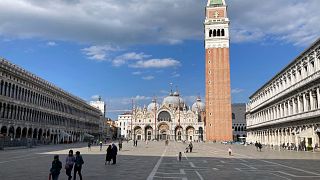
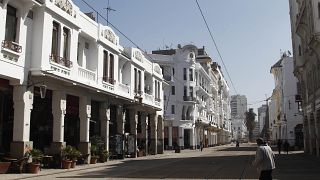
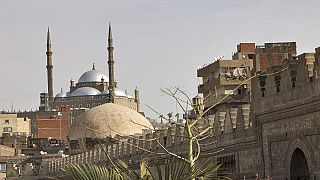


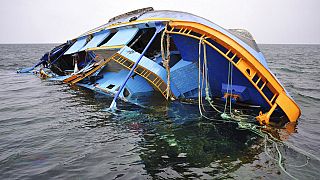

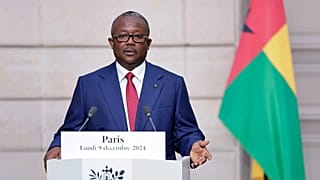
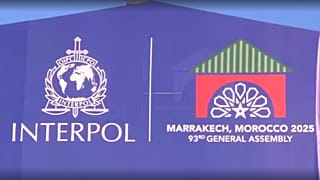
02:20
Hong Kong: New exhibition marks 85th birthday of late martial arts icon Bruce Lee
02:18
Unique marble mask unearthed at Carthage's Tofet site in Tunisia
00:46
Final preparations underway with 100 days to Winter Olympics in Milano-Cortina
01:00
Pix of the Day: October 22, 2025
02:20
Met museum unveils ‘Divine Egypt’ exhibition on ancient gods
01:00
Expo 2025 Osaka closes after six months and 28 million visitors